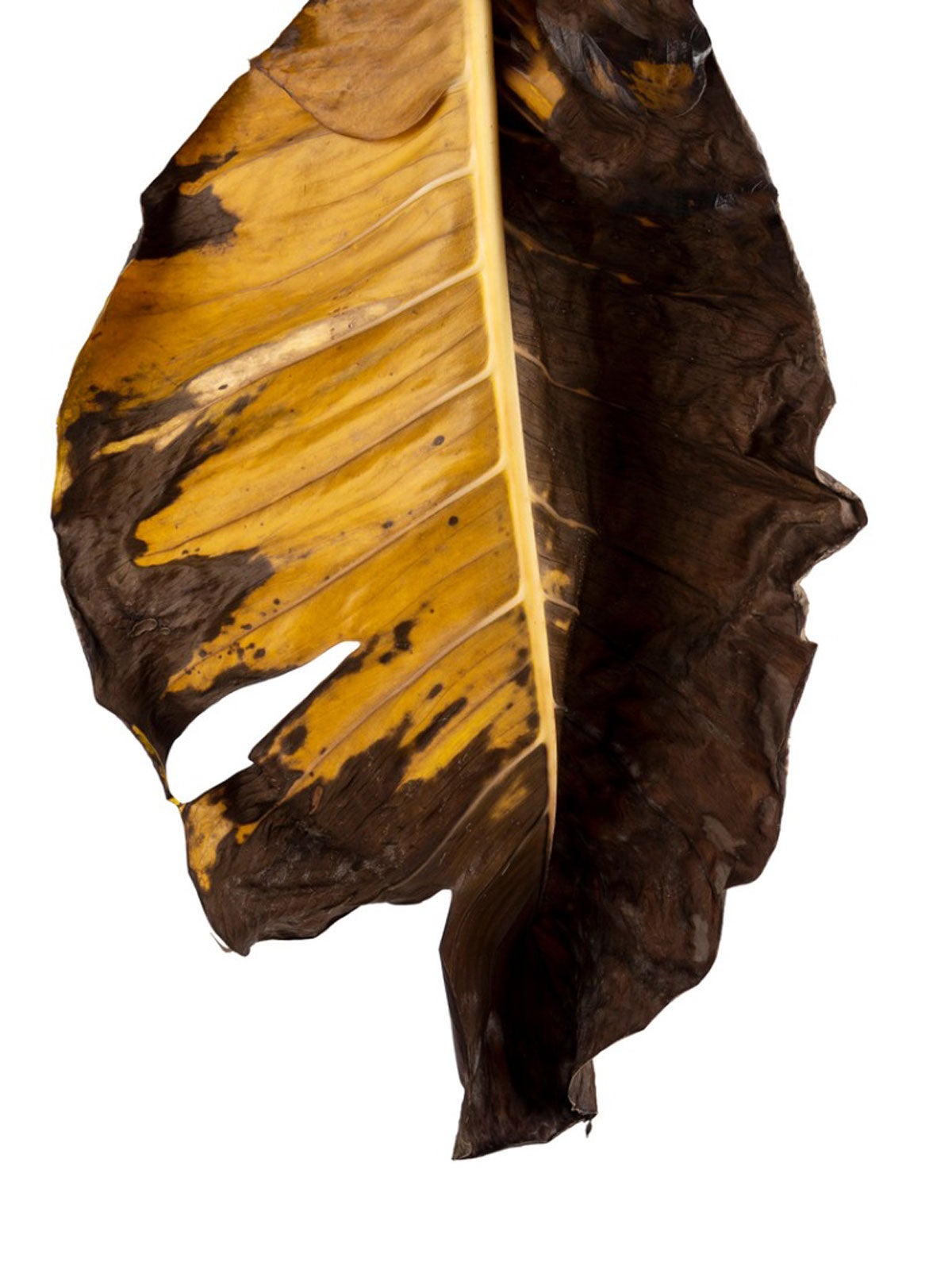Brown Philodendron Leaves: Why Are My Philodendron Leaves Turning Brown


Philodendrons are very popular indoor plants with large, attractive, deeply segmented leaves. They are especially prized for their ability to thrive in low, artificial light. Sometimes, however, their leaves can turn yellow or brown and unhealthy looking. Keep reading for causes for philodendron leaves turning yellow and brown, and what you can do about it.
Why are My Philodendron Leaves Turning Brown?
There are a few possible causes for brown philodendron leaves. Philodendrons have specific water and light requirements, and if the plant looks sickly, there’s a good chance it’s because one of these requirements isn’t being met.
Water
Philodendrons require a steady supply of water to remain healthy. The soil should always be a little bit moist. If you’re spacing your waterings out too much or watering too lightly, this could be the cause. When you water, water thoroughly, not stopping until water flows out of the drainage holes. Conversely, too much water can cause brown philodendron leaves as well. Philodendrons like water, but they don’t like to sit in it. Make sure your pot has plenty of drainage and that water flows freely out of the drainage holes when you water.
Light
If it’s not water making your philodendron leaves brown, it might be light. Philodendrons thrive in indirect light and are often perfectly happy with only artificial light. If you’ve put your philodendron in a window or outdoors where it receives direct sunlight, its leaves might turn yellow and even suffer from sunburn. Philodendrons can suffer from too little light, however. Particularly in winter or in a darker room, they may start to yellow and could benefit from being placed nearer a window.
Diseases
Philodendron leaves turning yellow and brown could also be caused by certain bacterial diseases. Leaf spots, leaf blights, and tip burns can all mean leaves turning brown on philodendrons. If your plant is infected, isolate it from your other plants and remove the offending leaves with a pair of scissors that you disinfect between each cut. If more than a third of the leaves are affected, remove them in stages so as not to kill the plant. Protect your uninfected plants by giving them plenty of air circulation. When you water them, avoid wetting the leaves - bacteria need moisture to grow and spread.
Sign up for the Gardening Know How newsletter today and receive a free copy of our e-book "How to Grow Delicious Tomatoes".

The only child of a horticulturist and an English teacher, Liz Baessler was destined to become a gardening editor. She has been with Gardening Know how since 2015, and a Senior Editor since 2020. She holds a BA in English from Brandeis University and an MA in English from the University of Geneva, Switzerland. After years of gardening in containers and community garden plots, she finally has a backyard of her own, which she is systematically filling with vegetables and flowers.